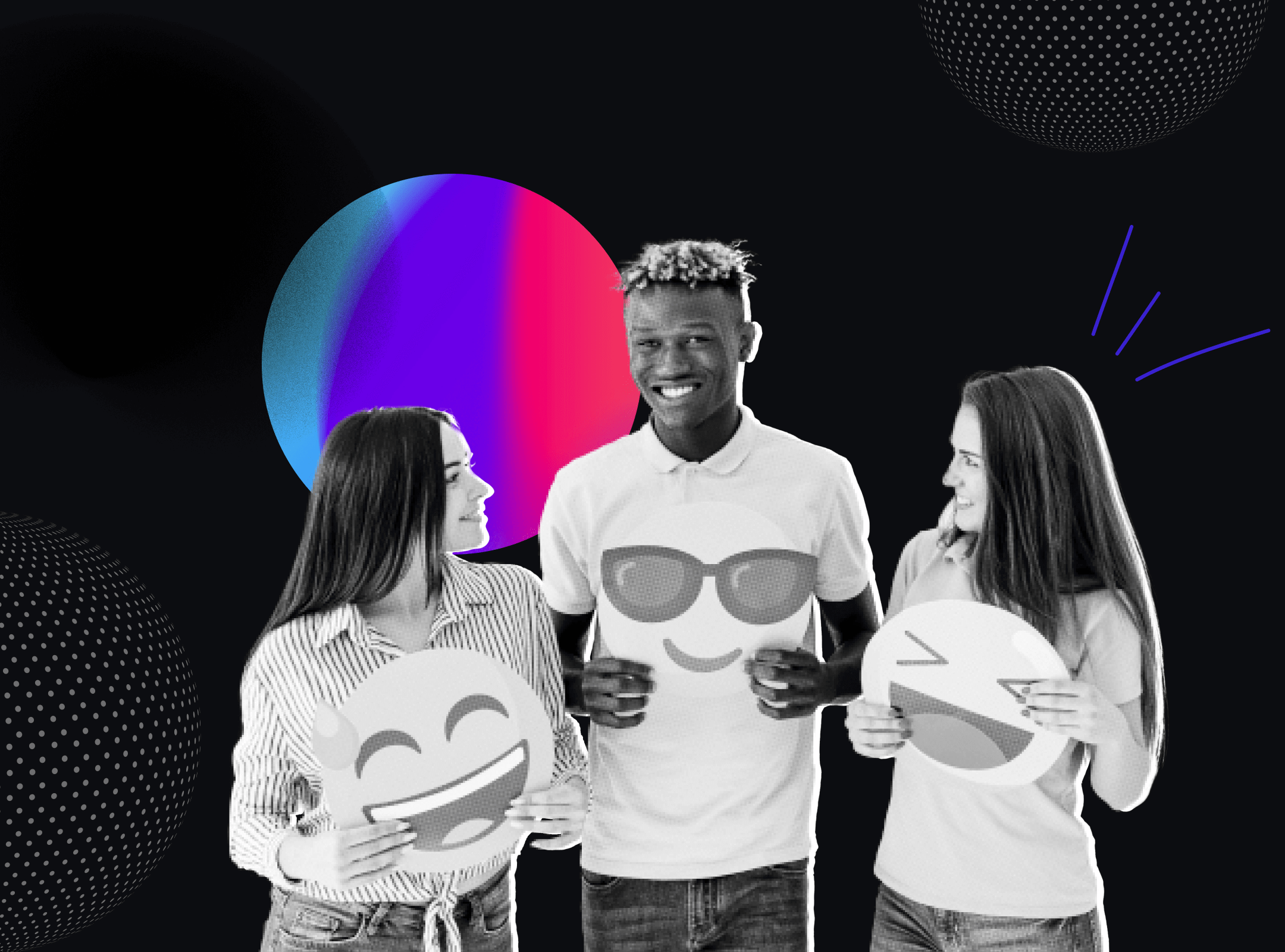Everything around us is designed, and they create emotions in us. We feel happy, annoyed, frustrated, like, dislike, etc. Most of us have used Facebook, Instagram, and Snapchat, and the common element between them is that these apps evoke both positive and negative emotions in people, mostly positive.
They give a dopamine hit to the brain to keep users addicted to return every time. Websites and apps with bad UX and without emotional design will frustrate and develop negative emotions. It can be because of bad aesthetics, functionality, responsiveness, trust, etc.
According to Don Norman, in his book Emotional Design, explores three different levels of design that capture how people emotionally react to visual experiences: visceral, behavioral, and reflective. These experiences capture how we emotionally connect to objects.
According to him, Emotions give value and value judgments, and play a critical role in the way we live, and we cannot get rid of them. They tell us what is essential and not urgent and can wait. Cognition is about understanding; they both go hand in hand with emotional design. Several studies show the importance of emotional aspects as drivers of market success, enjoyment, and active usage of technologies.
Let’s try to understand a few concepts of emotional design mentioned above:

Visceral Emotional Design:
The visceral level is an automatic and pre-wired level of our brain. It is about the user’s immediate response/feelings about the product (good or bad/ safe or dangerous) on the first impressions and the attractiveness. It is largely biologically determined and our pre-consciousness.
Visceral design affects your product’s perceived worthiness, ease of use, quality, and appeal. If the user reaction is positive, you can happily move on to the next step. Do we remember Blackberry and Nokia? Compare their designs with the iPhone or Samsung’s people-pleasing slick designs. A product’s attractive aesthetic affects its perceived usability. People perceive functional and attractive things to work better.
Behavioral Emotional Design
Behavioral design is about the functionality, usability, performance, and ease of product use. It is about making the product such that the user feels intelligent, interactive and establishes trust to feel immersed in the product experience.
The behavioral level governs most behavior; it can be affected by the reflective layer and affect the visceral layer. Successful products result from good behavioral design, which people use consistently and cannot imagine their life without them. It is the user’s subconscious behavior and feels in control.
Reflective Emotional Design
Reflective design is about what the user remembers after using the product, whether the user tells a positive story. The reflective emotional design creates a connection, and memory with the user, and it tends to impact the user and attaches a meaning or thought to the product.
It is about the status symbol, socio-economic factors, image, and message related to the product’s identity. Marketers spend millions of dollars to make people feel attached to their products and create a brand identity. Products like Nike are pretty famous for their reflective design since they emote sporty thoughts in the user’s brain.
How to evoke positive emotions?
User Research and User Testing:
Use the power of user research and product testing, a part of User Experience, to understand the emotional effect of the product on users. Designers can identify the frustrations users encounter while using the product. User testing, analysis, and touch-point mapping are necessary to identify pain points.
Not only should UX/UI designers strive to eliminate these frustrations, find opportunities that please customers, and turn critical moments into positive emotional experiences.

Aesthetics:
The application of emotional design is to modify the product’s aesthetic appearance and make an interactive and engaging experience. Desmet et al. (2007) demonstrated that users attributed a “wow effect” (i.e., the combination of fascination, pleasant surprise, and desire) to those cellphones having some lovely features in their exteriors. Studies in multimedia learning (Um et al., 2012; Plass et al., 2013) showed that embedding emotional stimuli (e.g., face-like shapes, vibrant colors) into interfaces elicited positive emotions in learners and improved learning outcomes.

Interactions:
The designs that create a psychological flow, and an optimal experience of total absorption in a task due to the interactions are beneficial. It is pretty standard in technology usages like video games, educational games, and Augmented Reality. Other ways to create better interactions are using gamification, storytelling, creating characters and events, and game mechanics like rewards. A UI designer can use these to create better user experiences.

An excellent emotional design should be beautiful, functional, and able to tell stories to be reflective. Emotional design offers UX/UI designers opportunities to make better products for users that fit them and change their lives. These days humans have an emotional relationship with machines where we tend to project intentions, human qualities, behaviors, emotions, and character traits onto inanimate objects.
Hence, a UX design needs to make people feel connected to it to beat the competition with others which is possible using emotional design.
Visit a leading UX design agency in Mumbai for a transformative design experience tailored to your success!
If you enjoyed reading the above blog, you can read more at ProCreator Blog.





